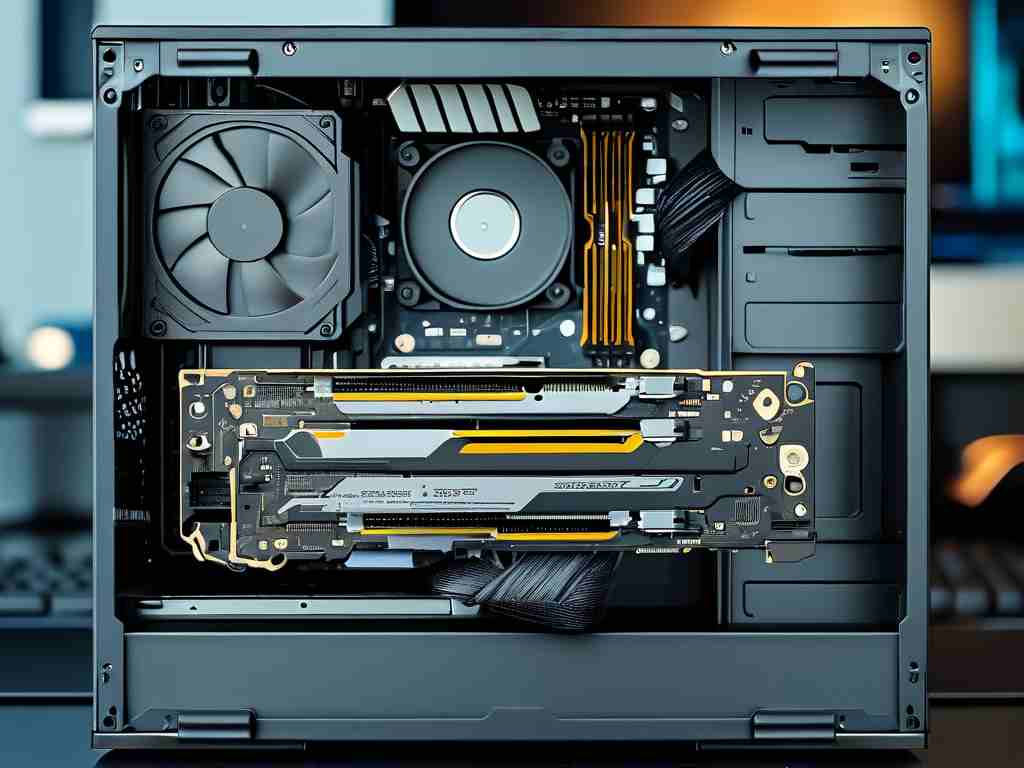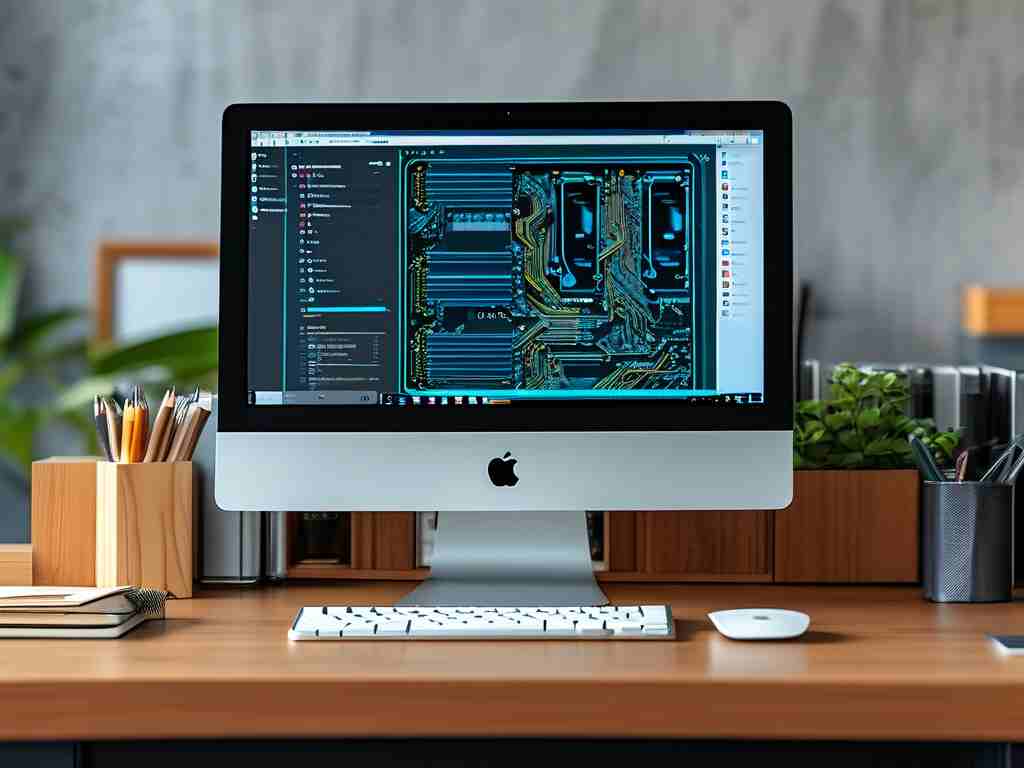With the rapid growth of digital content creation, self-media creators increasingly face challenges in managing device memory resources. Efficient memory management not only ensures smoother workflow but also extends hardware lifespan. This article explores practical solutions tailored for self-media professionals to optimize storage performance while maintaining creative productivity.

1. File Organization Framework
Establishing a structured file categorization system is foundational. Creators should adopt a standardized naming convention (e.g., "YYYYMMDD_ProjectName_FileType") and implement tiered storage architecture. Separate active project folders from archived materials using color-coded directory labels. For video editors, maintaining separate partitions for raw footage, project files, and exports can prevent software crashes caused by drive congestion.
2. Cloud-Hybrid Storage Solutions
Modern self-media workflows demand hybrid storage approaches. Utilize cloud platforms like Google Drive or Dropbox for collaborative documents while reserving local SSD storage for high-performance tasks. A recommended practice involves configuring automatic backup rules:
if file_extension in ['.psd','.aep']:
sync_to_local_ssd()
else:
upload_to_cloud()
This script concept helps prioritize critical project files while offloading less urgent assets.
3. Memory Compression Techniques
Content creators can leverage built-in OS tools for intelligent compression. macOS users benefit from optimized storage features that automatically replace original files with compressed versions when space runs low. Windows creators should enable CompactOS for system-level space savings. For visual assets, implement lossless compression formats like WebP for images and H.265 for videos without sacrificing quality.
4. Cache Management Protocols
Creative software accumulates temporary files that consume significant memory. Configure Adobe Premiere Pro to limit media cache to 50GB and set weekly auto-purge cycles. Browser-based creators should regularly clear website data using shortcuts like Ctrl+Shift+Del while preserving essential login cookies through whitelisting.
5. Hardware Upgrade Guidelines
When software optimization reaches limits, strategic hardware investments become necessary. Prioritize upgrading to NVMe SSDs with at least 1TB capacity for primary drives. For 4K video editors, adding RAID-configured external storage improves both speed and redundancy. Memory cards should follow UHS Speed Class 3 standards to handle continuous high-bitrate recording.
6. Automated Cleanup Systems
Implement scheduled maintenance using tools like CCleaner or Onyx. Create custom cleanup rules targeting self-media specific file types:
- Remove unused audio samples monthly
- Archive completed project files quarterly
- Purge duplicate RAW images biannually
Configure these tasks to run during low-usage periods to minimize workflow disruption.
7. Memory Monitoring Practices
Install lightweight dashboard widgets like MenuMeters (macOS) or Rainmeter (Windows) for real-time storage tracking. Set threshold alerts at 75% capacity to trigger predefined cleanup routines. Advanced users can script automated responses:
#!/bin/bash
if [ $(df / | awk 'NR==2{print $5}' | sed 's/%//') -gt 75 ]; then
rm -rf ~/Downloads/*.dmg
fi
8. Platform-Specific Optimization
Different content platforms require tailored approaches. Podcast creators should convert WAV to OPUS format (64kbps) for distribution while keeping master files in lossless formats. Social media managers can reduce Instagram carousel sizes using tools like Squoosh.app before scheduling posts through platforms like Hootsuite.
By implementing these targeted strategies, self-media professionals can maintain optimal system performance while handling large media assets. Regular audits and adaptive adjustments ensure solutions evolve with changing content demands. Ultimately, effective memory management becomes an invisible productivity booster, allowing creators to focus on what matters most – producing outstanding content.









